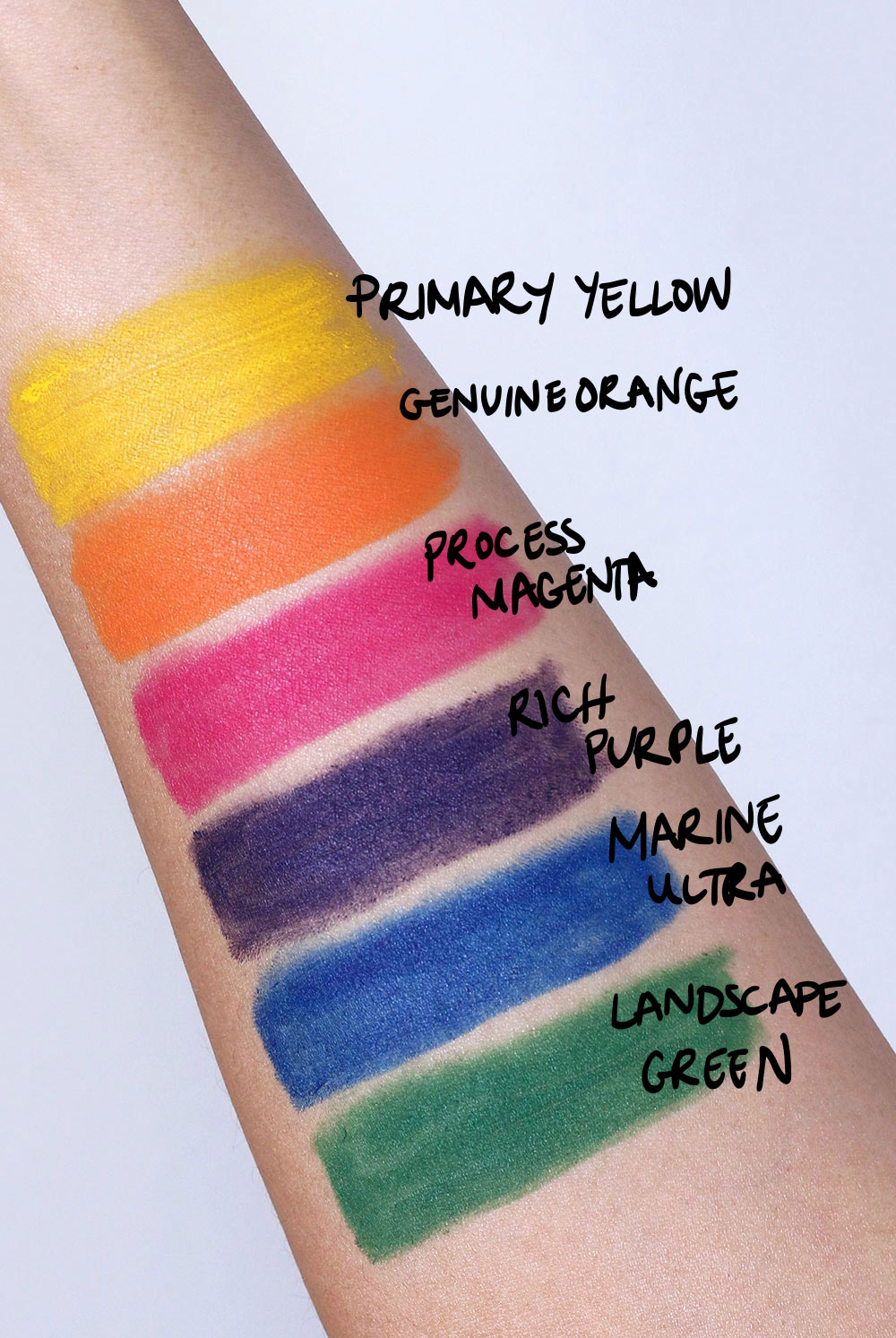Chromagraphy is 'the art to compose a drawing by means of lines and geometrical figures and to imitate it with colored materials,' according to Rouget de Lisle.
- The ChromaGraphica Double Dry Plate Holder A new, modern double dry plate holder for 4x5, 5x7, and 8x10 dry plate photography. Post-Campaign: Holders available for sale at www.pictoriographica.com and chroma.camera, as well as fine analog photography retailers world-wide!
- Chromagraphic Pencil. A pigment-rich creamy pencil ideal as a liner or to outline and define. 1.36 g / 0.04 US oz Black Black. Landscape Green.
- If you're behind a web filter, please make sure that the domains.kastatic.org and.kasandbox.org are unblocked.
Integration of chromatographic peaks 1. Deepak Mishra 9/16/2015 1 2. Peak Integration & Processing Integration Process Types of Peak Integration Controlling the Integration Process Challenges of Integration in Chromatography Auto Integration v/s Manual Integration Regulatory Perspective Peak Integration & Data Integrity Peak Integration inWarning Letters References. The ChromaGraphica Double Dry Plate holder is a modern, purpose-made dry plate holder designed by photographers for photographers. Holds two dry plates or other glass- or metal-based media up to 2mm thick. Ergonomics and function similar to sheet film holders. Plates load very similar to film.
Technique[edit]
This technique described in 1839 in France, in Paris, exposes a set of methods and of processes to produce tapestries and tissues. It includes the following techniques:
- The printing in black and in color on paper, pattern and tissues,
- The preparation of colors and materials necessary for the draftsmen, for the colourers and the manufacturers of carpet and tapestries, classified according to a chromatic table,
- A manufacturing process of point, innovative in 1839,
- The art to make industrially tapestries comparable to the best tapestries in that time.
Definitions[edit]
Chromagraphie: art to compose a model by means of lines and of geometrical figures, and to imitate it with colored materials. Rouget de Lisle described its process of composition and printing of works in color on paper, pattern and tissues as allowing to save 50% of time with regard to a manual realization.
Etymology[edit]
Chromagraphic Pencil Nc15 Nw20

The word chromagraphy comes from ancient Greek Khrôma which means 'color' and Graphein who means 'writing'. This etymology is comparable to that of the scientific term 'chromatography', appeared only in 1908 and which must not be confused with the chromagraphy of Rouget de Lisle.
History[edit]

The intention of Rouget de Lisle was to create 'a funny and lucrative activity to the ladies and to the artists colourers “by developing the work of the color” by the composition of tasteful models which make them love and look for' and by propagating 'the feeling and the love of the beautiful.'He began to gather and to classify the knowledge of the painters and the manufacturers of tapestries to realize their works of a 'pleasant, economic and complete' way. These works ending in the chromagraphy benefited from the support of big names of the domain in the time, among which the administrator of the royal factory of Tapestries (Manufacture des Gobelins), Mr Lavocat, the director of the dyes of the royal factories, Mr Chevreul, the foreman of the royal factory of tapestries, Mr Deyrolles, with his son, painter of the models of carpet. Rouget de Lisle was himself a pupil of Mr Chevreul.
Principle[edit]
The general principle is to simplify the complete chain leading from a work to its reproduction on another support, as the carpet or the tissue. Rouget de Lisle attempts to refocus the work of the various workers on tasks with values added, as well for the persons as for their productions. He brings a particular attention to the quality throughout the process, in particular on the management of colors and their exact reproductions. He exposes ' the law of the simultaneous contrast ' and the 'chromatic Table' allowing to end in quality printings. He so obtains 200 tints all in all. These 200 tones are codified by a language allowing their fast reproductions during the preparation of tapestries. The drawing of the work to be reproduced completed by the symbols of tints of every points constitutes the chromagraphy. This system reminds the modern description of a computer file of Bitmap type or GIF 8 bits. Rouget de Lisle also integrates signs for the various types of points to be realized.
Chromagraphic Pencil
Example[edit]
Example of Chromagraphy by Rouget de Lisle : (to be done)
One of the tables of signs symbolizing tints: (to be done)
Chroma Graphic Window Markers
One of the tables of tones according to the rules of the simultaneous constrate exposed(explained) by Rouget de Lisle in his work on the chromagraphie: (to be done)
Notes and references[edit]
All the extracts and examples of Rouget de Lisle result from a reproduction of its work published in 1839, on Chromagraphy (see the external references). The chromagraphy in its spirit and its principle gets closer to digital arts appeared since the end of 20th century computer paintings, prints, drawings, etc.). The chain of digital printing from a file of digital image recall the mechanical production line described by Rouget de Lisle, but in a computer and a modern industrial machine, such as a printer, a weaver, etc.
See also[edit]

References[edit]
How To Identify A Chromolithograph
External links[edit]
